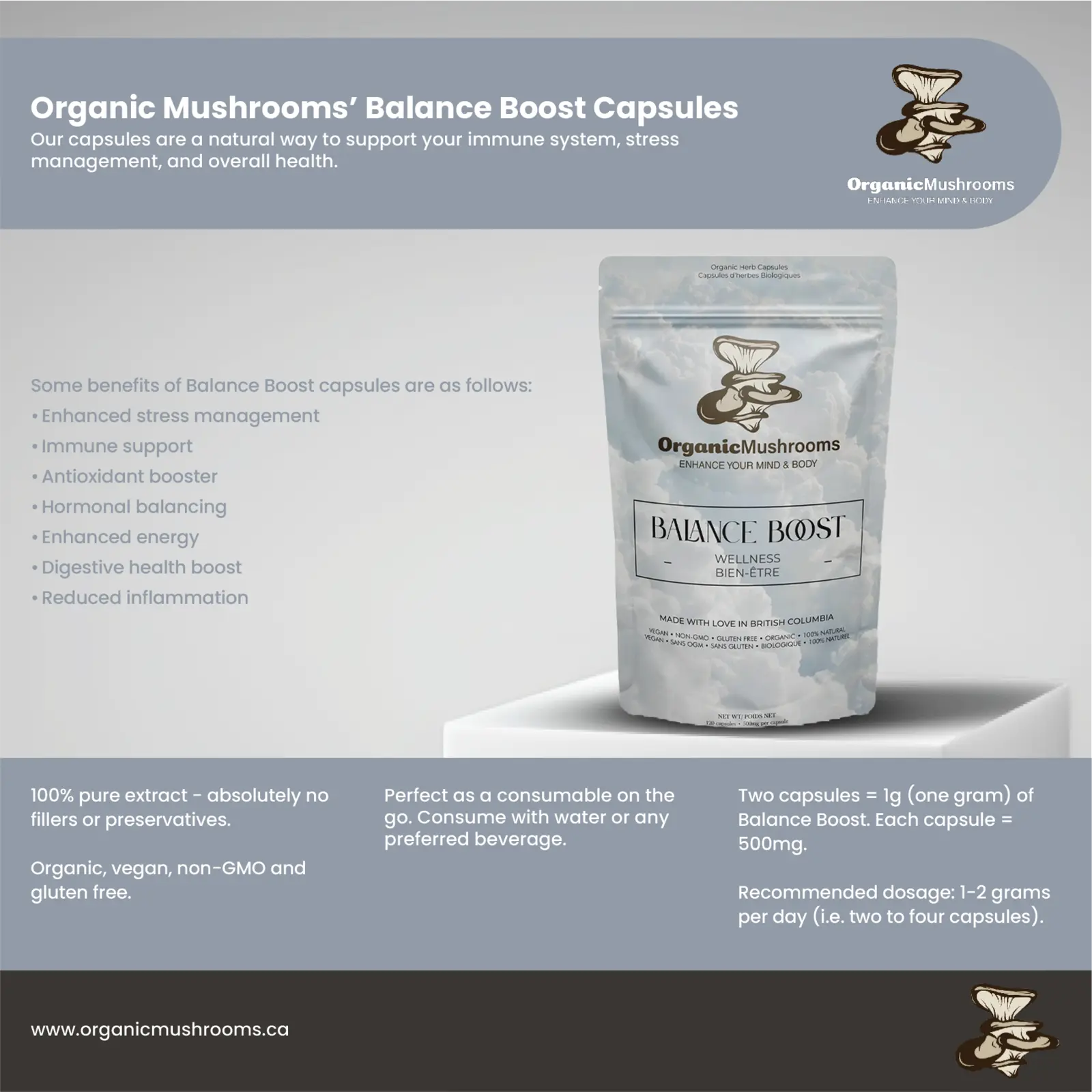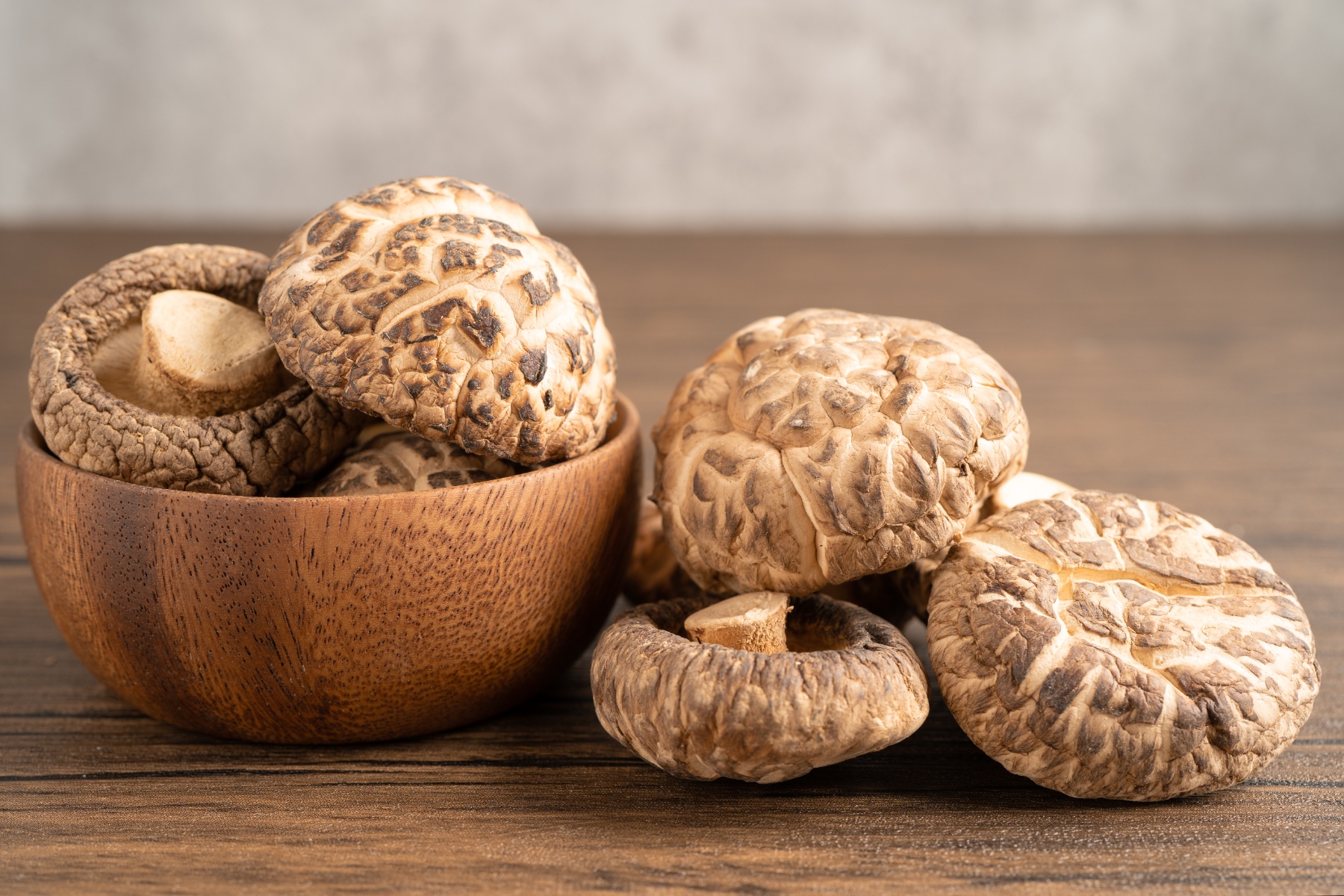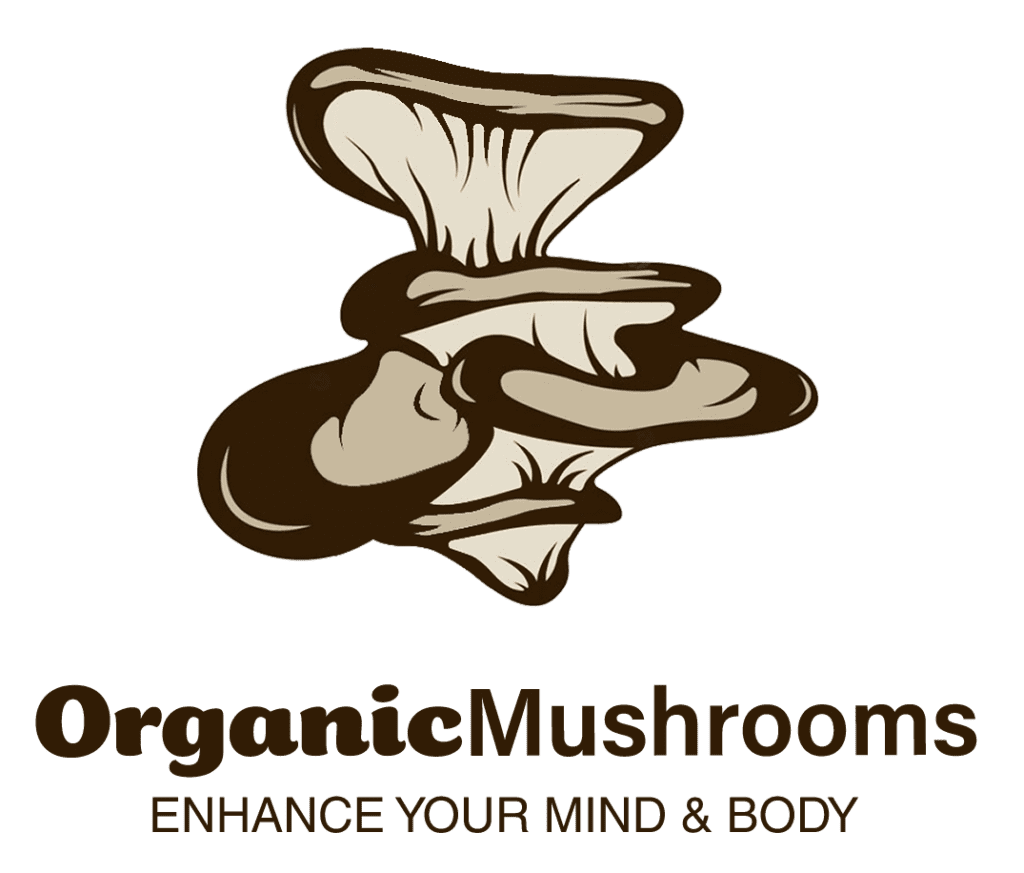Functional mushrooms have gained global attention for their potential to support overall wellness. Unlike culinary mushrooms used for flavor or texture, functional mushrooms are valued for their bioactive compounds—natural substances that may influence biological functions in the body. These compounds are being studied for their potential roles in supporting immune balance, reducing inflammation, and combating oxidative stress.
Among the most fascinating of these fungi is Chaga (Inonotus obliquus), a dark, woody growth found primarily on birch trees in cold northern regions. Used for centuries in traditional medicine across Siberia, Scandinavia, and parts of Asia, Chaga has recently attracted scientific interest for its wide range of bioactive properties.
Inside the Research: What the Study Explores
The 2021 review by Han Peng and Fereidoon Shahidi, published in Food Chemistry, compiles decades of research on the bioactive compounds and biological effects of Chaga.
Researchers identified several key compound groups responsible for Chaga’s potential benefits:
- Polysaccharides – complex sugars studied for their immunomodulatory and anti-inflammatory activities.
- Phenolic compounds – natural antioxidants that may protect cells from oxidative stress.
- Terpenoids – secondary metabolites being investigated for anti-tumor and anti-viral effects.
- Melanin – a pigment found in Chaga’s dark exterior, thought to contribute to antioxidant and protective functions.
Together, these compounds are believed to work synergistically, giving Chaga its broad spectrum of biological activity, including anti-proliferative, anti-tumor, anti-inflammatory, and antioxidant effects observed in laboratory settings.
What the Evidence Shows
The review highlights both in vitro (lab-based) and in vivo (animal-based) studies showing Chaga’s potential to influence inflammation pathways and immune responses. For example, Chaga extracts have demonstrated the ability to modulate inflammatory markers and support immune regulation, suggesting that its compounds may help balance the body’s natural inflammatory processes.
Beyond inflammation, the review discusses Chaga’s wide range of bioactive effects, including antioxidant, antitumor, antiviral, antidiabetic, and hepatoprotective activities demonstrated in preclinical studies. These findings highlight how Chaga’s diverse compounds—such as polysaccharides, phenolics, and terpenoids—may act through multiple biological mechanisms to support cellular protection and overall physiological balance.
Conclusion: Tradition Meets Modern Science
This scientific review concludes that Chaga’s bioactive compounds—particularly polysaccharides, phenolics, terpenoids, and melanin—are responsible for its broad anti-inflammatory, antioxidant, and immune-supporting effects observed in laboratory studies. While the findings are promising, the authors emphasize the need for more clinical research to further confirm and support these effects.
Any health-related claims or statements in this article are sourced from the 2021 publication titled “Bioactive compounds and bioactive properties of chaga (Inonotus obliquus) mushroom: a review“.
For more scientific information on functional mushrooms, visit our Research Hub, where we provide links to multiple studies on a variety of functional mushrooms!





